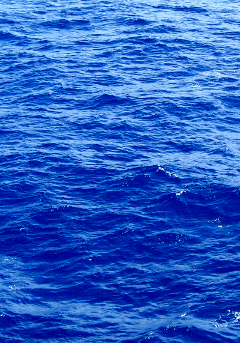Basin sharing birthday marked
 This week marks the tenth anniversary of the Basin Plan water trading rules in the Murray-Darling Basin.
This week marks the tenth anniversary of the Basin Plan water trading rules in the Murray-Darling Basin.
The rules were created to reduce trade restrictions, enhance transparency, improve access to information, and ensure a consistent regulatory framework across states.
Water trade in the Murray-Darling Basin enables holders to buy or sell water as needed, ensuring that water is available where it is most required. The trade can be either permanent or temporary, offering flexibility to manage water resources effectively.
This initiative stemmed from a consensus in 2007 among governments that a strategic plan was essential for the sustainable management of the Basin's resources.
This led to the enactment of the Water Act 2007, which mandated the Murray-Darling Basin Authority (MDBA) to prepare a comprehensive management plan .
In 2014, the Basin Plan water trading rules were introduced to manage the Basin as an interconnected system.
According to John Waterworth, MDBA Director of River Management, before these rules, market agencies and trading authorities were not obligated to make their information publicly available.
“This meant that important information was not being relayed to sellers and buyers to help them make informed decisions when buying or selling water,” he said.
The 2021 amendments to the Water Act 2007 established the Inspector-General of Water Compliance (IGWC), providing independent oversight and managing compliance and enforcement functions previously held by the MDBA.
Since the introduction of the rules, there has been an increase in available pricing information, enhancing market transparency, which Mr Waterworth says “helps market participants make informed trading decisions”.
From a broader perspective, water trade ensures that water is allocated to its highest value use, promoting efficiency and reducing wastage.
“In terms of overall water management, water trade also results in water moving to its highest value use, and by putting a dollar value on water, trade promotes water use efficiency and reduced wastage,” Mr Waterworth said.







 Print
Print